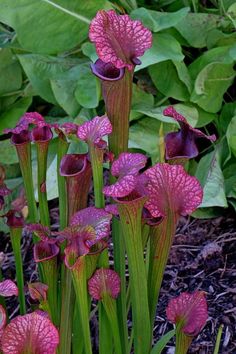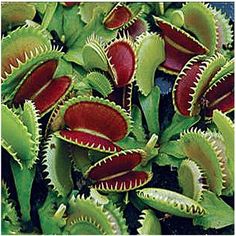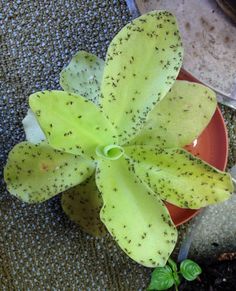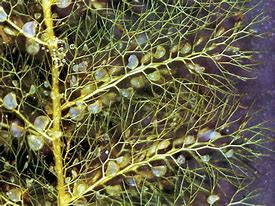If you want a challenge, try growing carnivorous plants. They are attention grabbers and eat insects to boot! If you use a sterile, sandy soil mix which you can buy from a specialty store. Keep the soil moist but have good drainage using rainwater or melted snow warmed to room temperature. I kill some of mine by giving tap water. Avoid any fertilizer. Give filtered light with some direct sun from an east window. They grow best in a terrarium. Keep temperatures above 50 degrees. If you match their climate to growing on a forest floor, they become less challenging.

The sundew plant comes in many varieties and sizes. Colors of yellow, red, pink, and purple can be found. At the tip of the leaves is a clump of sappy tentacles and when an insect touches it, it becomes suck and the bristles curls around the insect to slowly digest it.

Pitcher plants have cup-like leaves that fill with liquid coming again in many varieties to vining plants to pitchers coming from the soil itself. The insects crawl into the liquid and are digested with the enzymes in the liquid. The “pitchers” have a lid to keep excess rainwater out. The large ones are from 1 to 2 feet trapping frogs.

Venus flytrap is the most common carnivorous plant with the spring hinge that catches the insect after they rub the little hairs in the trap.

Butterworts are small plants looking like a succulent with very colorful flowers. They have a sticky substance on their leaves to catch and digest insects.

Bladderworts are floating aquatic plants that have swellings on their leaves that open to attract the insect with a sweet substance. Once inside the insect is consumed. These plants are grown in an aquarium or a bowl with water. They do have yellow flowers. There are terrestrial bladderworts that can be grown like a ground cover. Since they grow in bog conditions, they need to be wet.
